Maximize Energy Savings: The Ultimate Guide to Dehumidifiers’ Power Usage
Hey there, folks! Did you know that your trusty dehumidifier might be guzzling as much energy as your fridge? It’s a sneaky little appliance that keeps your air fresh but can also sneak up on your energy bills if you’re not careful. With energy costs climbing, it’s high time we get a handle on how these machines work. From my years in the HVAC field, I’ve seen how factors like unit size and room humidity can crank up power use. Stick around, and I’ll share some straightforward tips to keep your dehumidifier running efficiently, saving you money and keeping your home comfy. Let’s dive in!
Understanding Dehumidifiers Power Consumption
Dehumidifiers are a handy tool for keeping your indoor air fresh and comfy by zapping away that pesky extra moisture. They work a bit like a fridge, pulling in air and running it over chilled coils. This cools the air, squeezing out the moisture, which then drips away. The now dry air is sent back into your space, making it cozier and healthier. This process not only keeps mold and mildew at bay but also kicks out those musty smells that no one wants hanging around.
Now, let’s chat about the power usage of these nifty machines. If you’re like me, always looking to keep the energy bills in check, this is a biggie. The power consumption of a dehumidifier can swing quite a bit based on a few factors. First off, the size of the dehumidifier matters—a bigger unit usually slurps up more power. But here’s the kicker: the efficiency of the unit is just as crucial. More efficient models can do the same job while sipping less energy, which is a win for your wallet over time.
And don’t forget about how long you run the thing. The longer it’s on, the more juice it uses. It’s all about finding that sweet spot between keeping your home comfy and not overdoing it on the electricity front. Balancing the time you run your dehumidifier with your humidity needs can really help in optimizing power usage.
Average Wattage and Power Consumption
Understanding dehumidifiers’ power usage is key to managing energy efficiently at home. Generally, these devices run at about 500 watts, but this can swing quite a bit based on the model and size.
Now, let’s break it down a bit. Low wattage models, which sip energy between 125 and 460 watts, are perfect for smaller spaces or less humid areas. They’re like the compact cars of the dehumidifier world—efficient and easy on the energy bill.
Then you’ve got your medium wattage units, using between 460 and 700 watts. These are the all-rounders, balancing power and efficiency, and they work well in moderately humid environments.
For those larger spaces or when humidity is really getting out of hand, high wattage models step in, consuming between 700 and 1000 watts. They’re the heavy hitters, ideal for big basements or even industrial spaces.
And if you’re just looking to tackle a small, damp corner, small portable dehumidifiers are your best bet, using a mere 15 to 30 watts. On the flip side, larger models designed for broader coverage can use anywhere from 500 to 800 watts.
When picking a dehumidifier, don’t forget to check the pint capacity. This tells you how much moisture the unit can pull out of the air each day. A 30-pint unit, for example, usually uses between 300 and 360 watts, making it a solid choice for most households. But if you’re dealing with more challenging conditions, a 70-pint unit might be the way to go, with power usage ranging from 600 to 700 watts.
Understanding these power consumption differences helps you choose a dehumidifier that fits your needs while keeping energy efficiency in check.
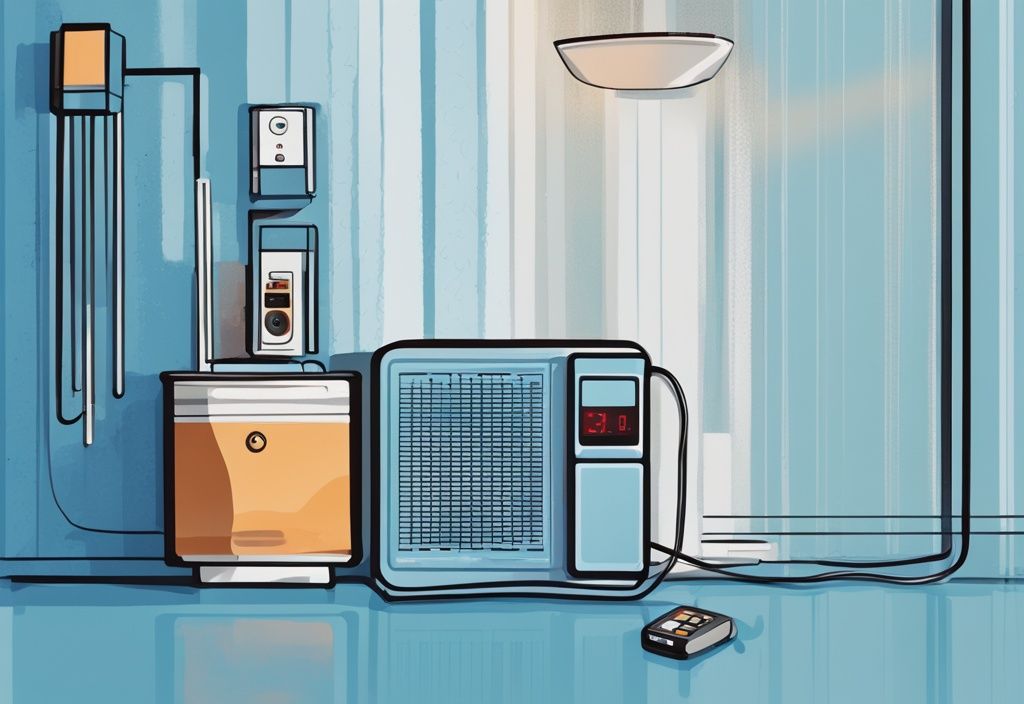
Factors Affecting Power Consumption
Dehumidifiers can be quite the energy hogs, but understanding what influences their power usage can make a world of difference. From size and capacity to environmental conditions and technology, these factors all play a part in how much juice your dehumidifier pulls from the grid. Let’s break it down so you can keep your home comfy without breaking the bank.
Size and Capacity
When it comes to dehumidifiers, size really does matter. Larger units are like the big eaters at a buffet—they need more power to handle all that air and moisture. But don’t just grab the biggest one you can find. An oversized unit might run all the time or keep starting and stopping, which can actually use more energy. On the flip side, a too-small dehumidifier might work overtime to keep up, also burning through more power. Finding the right size is like finding the perfect pair of shoes—it just fits better and works more efficiently.
Humidity Levels and Temperature
The environment plays a big role in how hard your dehumidifier has to work. High humidity levels mean your unit has to hustle to pull out all that moisture, which ramps up energy use. And while you might think warmer weather would make things easier, it actually makes your dehumidifier work harder, too. Even in colder temps, these machines can guzzle more energy as they strive to stay efficient. Plus, setting your dehumidifier to a higher humidity level can lead to more power usage, so finding that sweet spot is key.
Efficiency and Technology
Efficiency is the name of the game when it comes to saving on power bills. Models with an ENERGY STAR certification are like the smart shoppers of the dehumidifier world, using about 15% less energy than their standard counterparts. Thanks to technology like inverter compressors, which adjust speed based on humidity, these units save even more energy. And don’t forget about built-in humidistats—they’re like the wise old owls, turning off the unit once the desired humidity is reached, preventing unnecessary power consumption.
How to Calculate Dehumidifier Power Usage
Understanding dehumidifier power usage is key to keeping those energy bills in check. It’s not as complicated as it sounds—just a bit of math. Start by checking your dehumidifier’s wattage. Multiply that by the hours it runs each day, and voilà, you’ve got your daily power consumption in watt-hours.
Let’s break it down with an example. Suppose your dehumidifier is rated at 300 watts and hums away for 12 hours daily. Here’s the math:
300 watts x 12 hours = 3,600 watt-hours
Now, we usually talk about electricity in kilowatt-hours. So, divide those watt-hours by 1,000 to convert:
3,600 watt-hours ÷ 1,000 = 3.6 kWh
So, your trusty dehumidifier is using 3.6 kWh each day. With this number, you can figure out your monthly electricity cost. Just multiply the daily kWh by the days in the month and your utility’s rate per kWh.
This little calculation helps you keep tabs on your dehumidifier’s power usage, giving you the upper hand in managing energy costs. Plus, it opens up the door to smarter energy-saving strategies.
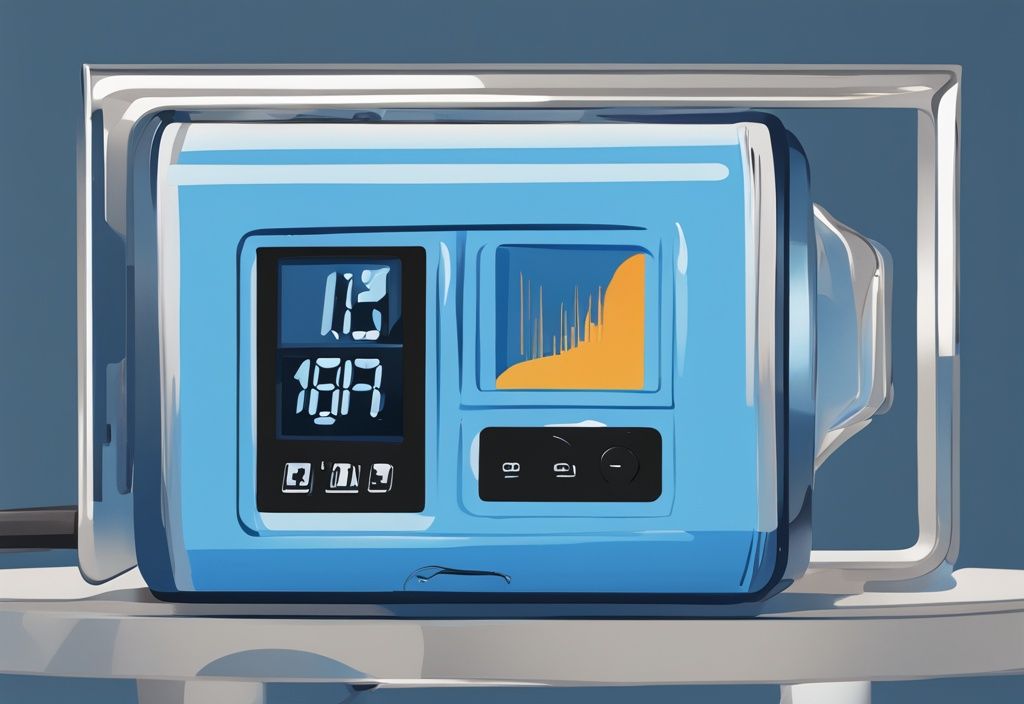
Estimating Daily and Monthly Electricity Costs
Understanding dehumidifiers’ power usage is key to keeping your electricity bills in check. Now, let’s break it down in a way that makes sense without needing a degree in electrical engineering.
First up, figuring out the daily cost. It’s all about the dehumidifier’s wattage and how long it’s running. Say your dehumidifier is a 500-watt model. Multiply that by the hours it runs each day. Then, convert this number to kilowatt-hours (kWh) by dividing by 1000. Once you have that, just multiply by your local electricity rate. Voila, you’ve got your daily cost!
Now, if you want to look at the bigger picture, let’s talk monthly costs. Take that daily energy consumption, multiply it by your cost per kWh, and then by the number of days in the month. For example, a 50-pint dehumidifier running 8 hours a day might set you back around $15-18 a month, assuming average electricity rates.
But here’s the kicker: if your dehumidifier is chugging along 24/7, those costs can skyrocket, possibly hitting $45-70 a month. That’s why it’s smart to use your dehumidifier strategically and embrace energy-efficient habits.
By getting a handle on these calculations, you can make savvy choices about your dehumidifier use, balancing comfort with cost. It’s all about finding that sweet spot where you keep your home comfy without breaking the bank.
Effective Tips for Reducing Dehumidifier Power Usage
Optimizing your dehumidifier’s power usage can lead to significant energy savings. Here’s a nugget of wisdom from my years in the HVAC trenches: keep your humidity levels between 30-50% relative humidity. This sweet spot keeps your home comfy and your energy bills in check. When the humidity stays in this range, your dehumidifier doesn’t have to work overtime, which means less power usage.
Now, let’s talk about the magic of a humidistat. This little gadget is like having a smart assistant for your dehumidifier. It automatically keeps tabs on the humidity and only kicks the dehumidifier into gear when it’s really needed. This means no more unnecessary operation, saving you energy and a few bucks. With a humidistat, your dehumidifier only runs when it has to, avoiding that dreaded power drain.
Here’s another practical tip from the field: run your dehumidifier only when you’re home. Use a timer to switch it off when you’re out and about. This not only slashes energy usage but also extends your dehumidifier’s life by reducing wear and tear. It’s like giving your machine a well-deserved break. By being strategic with its use, you can enjoy a comfortable indoor climate without the hefty energy costs.
Optimal Settings and Smart Usage
Getting the most out of your dehumidifier while keeping power usage in check is a smart move for any energy-savvy homeowner. One trick I’ve picked up over the years is to make the most of the energy-saving modes that many of today’s dehumidifiers offer. These modes are pretty clever, adjusting the unit’s operation based on the humidity levels in your home. This means the dehumidifier only kicks in when it’s really needed, helping you avoid wasting electricity and giving your device a longer life.
Another handy tip is to be strategic about when you run your dehumidifier. Instead of having it hum along all day, try using it during those peak humidity times or when you’re actually at home. This approach not only saves on your electricity bill but also keeps your indoor air just right. You can even pair your dehumidifier with a timer to automate this process, ensuring it switches off when it’s not needed.
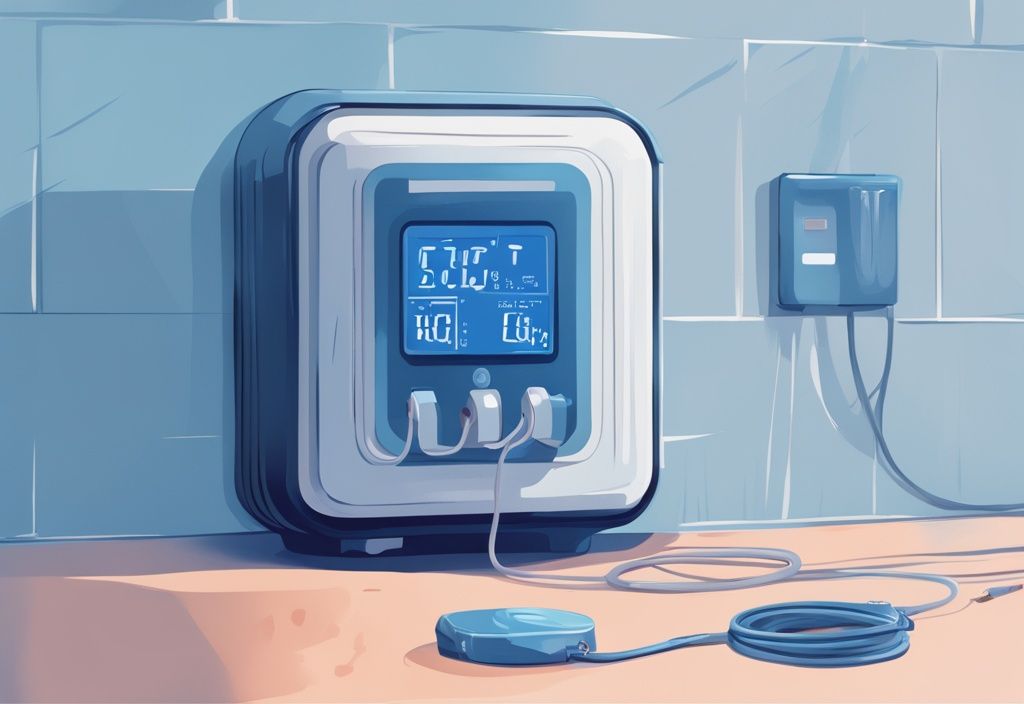
And here’s a little nugget from my toolkit: use your dehumidifier alongside your air conditioner. Air conditioners naturally pull moisture out of the air as they cool it, so running both together can make them more efficient. This teamwork lightens the load on each unit, leading to lower overall energy usage. By balancing how you use your dehumidifier and air conditioner, you can enjoy top-notch indoor air quality without burning through too much power.
Importance of Regular Maintenance and Upgrades
Keeping your dehumidifier in tip-top shape is key to managing its power usage efficiently. A simple but often overlooked task is cleaning those air filters. When filters get clogged with dust and debris, it’s like trying to breathe through a straw—your dehumidifier has to work overtime, guzzling more electricity. By giving those filters a regular clean, you help the unit run smoothly, keeping energy consumption in check.
Another thing to watch is the drainage. If water can’t escape properly, it builds up and causes the dehumidifier to cycle more often, which means more energy use. So, make sure the drainage is clear to avoid this unnecessary power drain.
Now, if your dehumidifier is an old-timer, it might be worth considering an upgrade. Newer models are like the sprinters of the dehumidifier world—using less energy to do the same job. Look for ENERGY STAR-certified models; they’re designed to be energy-efficient, which can trim down your electricity bills and be kinder to the planet.
Staying up-to-date with the latest technology means you can enjoy effective moisture control without breaking the bank on energy costs. It’s a win-win for your home and the environment!
FAQs on Dehumidifier Power Usage
Ever wondered how much power your dehumidifier is gulping down or how to use it without breaking the bank? Let’s dive into some of the most common questions folks have about dehumidifier power usage.
What is the most energy-efficient way to use a dehumidifier?
Think of your dehumidifier as a trusty sidekick in the battle against humidity. The key to using it efficiently is a little gadget called a humidistat. Set it to keep humidity levels just right, and let the dehumidifier kick in only when needed. Keep it on the lowest setting that’s comfortable for you. If you’re considering a new air conditioning system, you might be interested in our comparison of Daikin vs Actron to help make your decision easier. Don’t forget to use energy-saving modes and give it a little TLC with regular maintenance. This way, it runs smoothly and doesn’t hog energy.
How can I calculate the energy cost of my dehumidifier?
Calculating the energy cost is simpler than you might think. First, take the dehumidifier’s wattage and divide it by 1000 to get kilowatt-hours (kWh). Then, grab your electricity bill and find out your rate per kWh, say $0.13. Multiply the two, and voilà, you’ve got your cost. It’s like doing a little math magic to keep track of your expenses.
Do all dehumidifiers consume the same amount of power?
Not all dehumidifiers are created equal when it comes to power consumption. It varies by model, size, and the technology packed inside. If you’re shopping around, keep an eye on the energy factor. This nifty number tells you how many liters of water it can remove per kWh. The higher the number, the more efficient the model. It’s like finding the most efficient worker in a busy workshop!
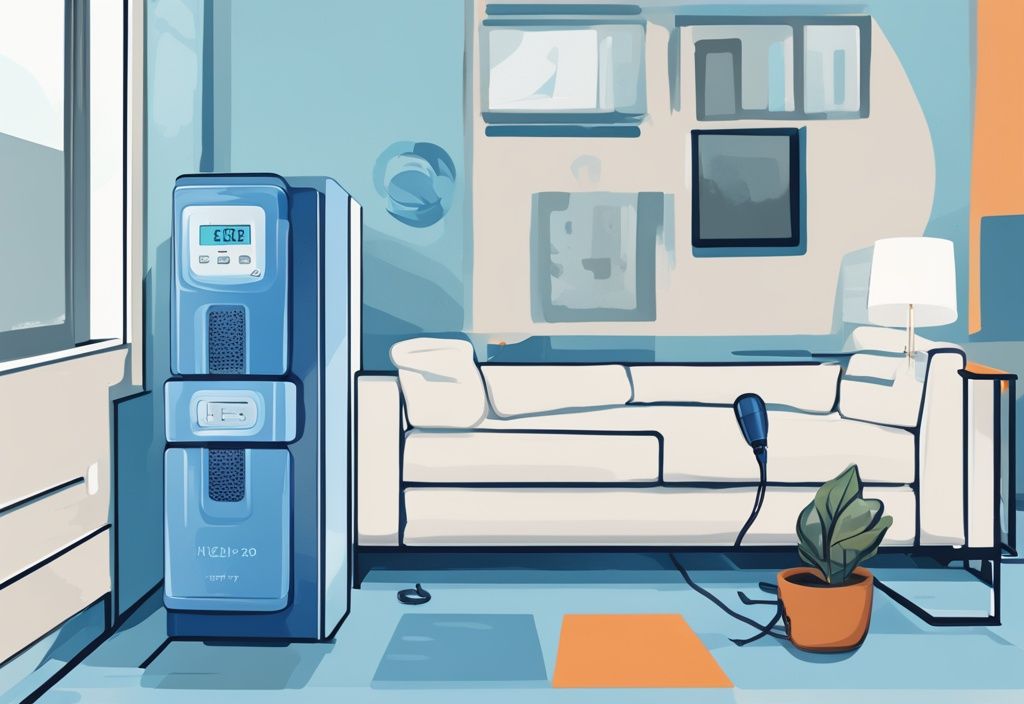

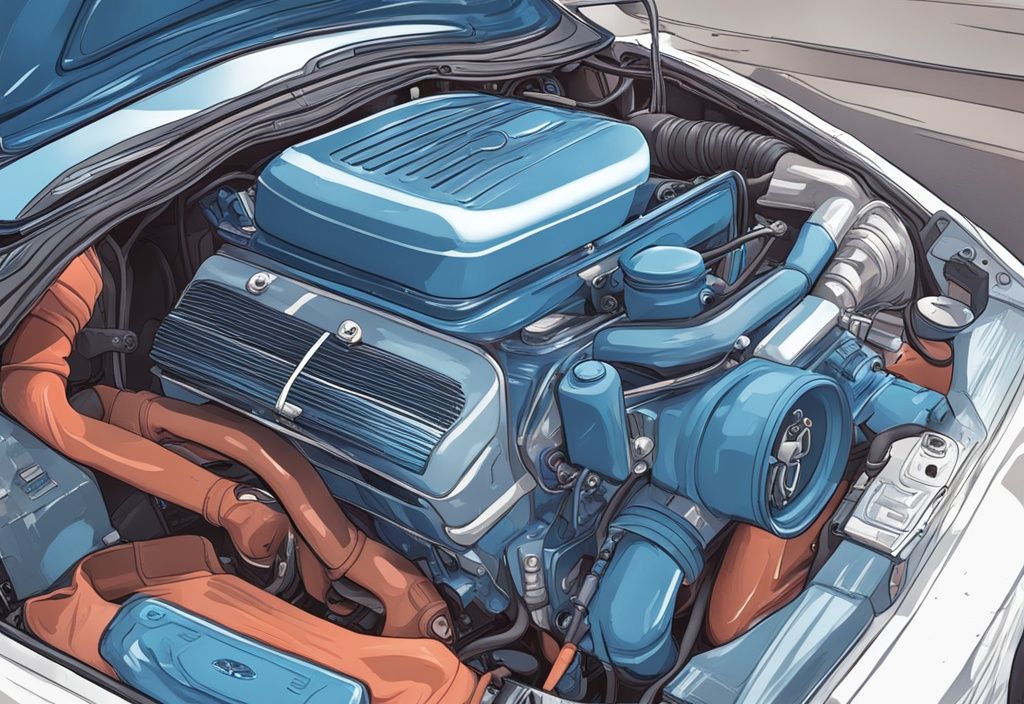
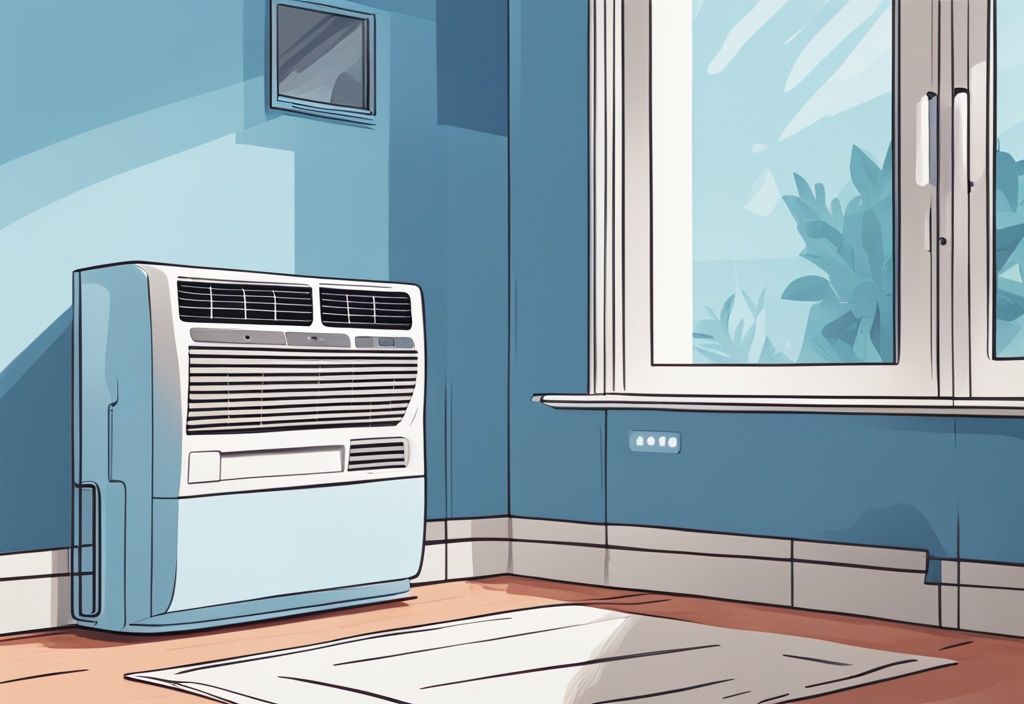
Post Comment